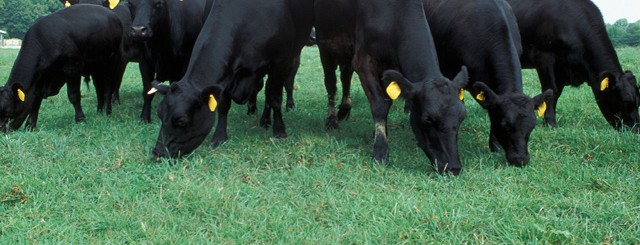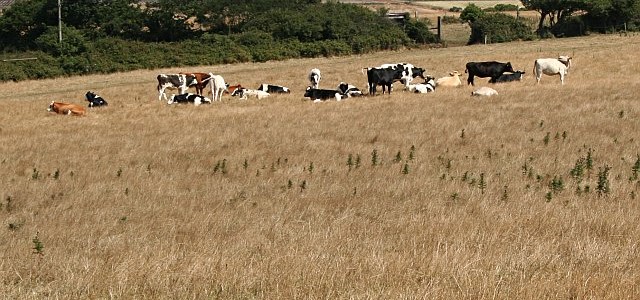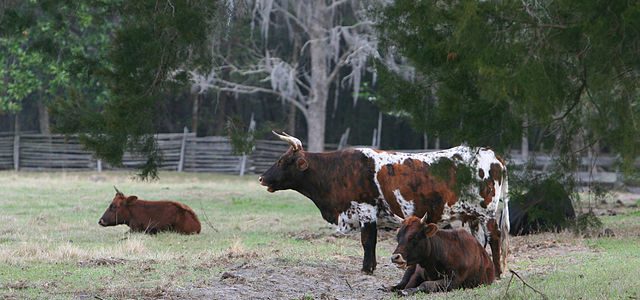Livestock
-

One of my Facebook friends posted a link today to this 2010 OxFam study of the impacts of changing climate on agriculture in Ethopia. Upon skimming it, I was amazed at the detailed analyses the authors made of several different crops and how they are affected by currently observed trends in climate as well as…
-

One of the unexpected side effects of this warm winter has been its impact on beef prices. With such nice weather, more people are grilling outdoors, and that means sales of steak and hamburger are booming. This is great news for cattle producers, since the increased demand has kept prices fairly high. You can read…
-

Drovers’ Newsletter posted a short article this morning on resources related to drought planning that are available for cattle grazers. They include how to make a drought plan in advance of experiencing drought conditions and what to do once you are in a drought. You can read it here.
-

Drovers Newsletter had a really interesting article this week on one livestock producer’s methods for getting ready to deal with drought. You can find it here. Some of his adaptation methods include having at least a year’s worth of food onsite and keeping cows that could be easily culled in a separate herd so you…
-

Drovers Newsletter posted a story today describing some of the continuing impacts of the Southeastern drought on cattle production. Fortunately, recent rains and cooler temperatures over the winter have improved the drought conditions significantly, but with warmer and drier conditions now occurring again, this could mean more problems for farmers down the road. You can…
-

Here’s an interesting discussion of the difficulties that Florida livestock producers have in raising cattle in the deep South and steps that they are taking to improve cattle performance in the heat. It’s written by Jeb Dillard, Jefferson County Livestock and Natural Resources Agent. You can read the article at https://nwdistrict.ifas.ufl.edu/phag/2017/02/03/hair-hide-color-heat-and-humidity-connecting-the-four-hs-of-florida-cattle-production/.
-

The Panhandle Ag e-News had a story today about their new Friday Feature, which highlights old agricultural videos. The feature for today shows a short video (about 10 minutes long) describing cattle ranching in Florida from the Florida Beef Council. It’s a bit old-fashioned but still an interesting look at ranching with Brahma cattle. You can…